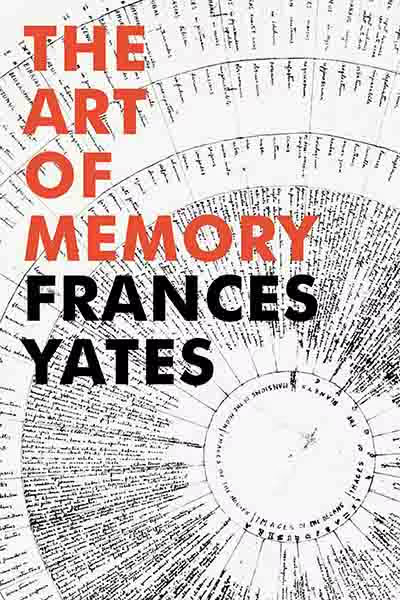Art Of Memory
The Art of Memory is a non-fiction book written by British historian Frances A. Yates in 1966. The book traces the evolution of mnemonic systems from the classical time of Simonides of Ceos in Ancient Greece through the Renaissance era of Giordano Bruno, and concludes with Gottfried Leibniz and the early birth of the scientific method in the 17th century.
The Stanford Encyclopedia of Philosophy describes its release as "an significant stimulant to the blooming of experimental study on images and memory."
The Art of Memory was named one of the top 100 nonfiction books by Modern Library.
This work ushered forth a new era of scholarly inquiry into the art of remembering. Yates relates the narrative of how the art of remembering developed, beginning with the ancient Greeks. She also discusses a mental memory retrieval mechanism known as a "memory palace" - an imagined superstructure in your mind's eye that you use to arrange and retain knowledge. The aim is to take a structure that you are very acquainted with and place images in it that is so vivid that you will never forget it. It is easier to recall things if you can involve the visual section of your brain in the process. Mnemonists claim that their abilities are as much about creativity as they are remembering.






















































